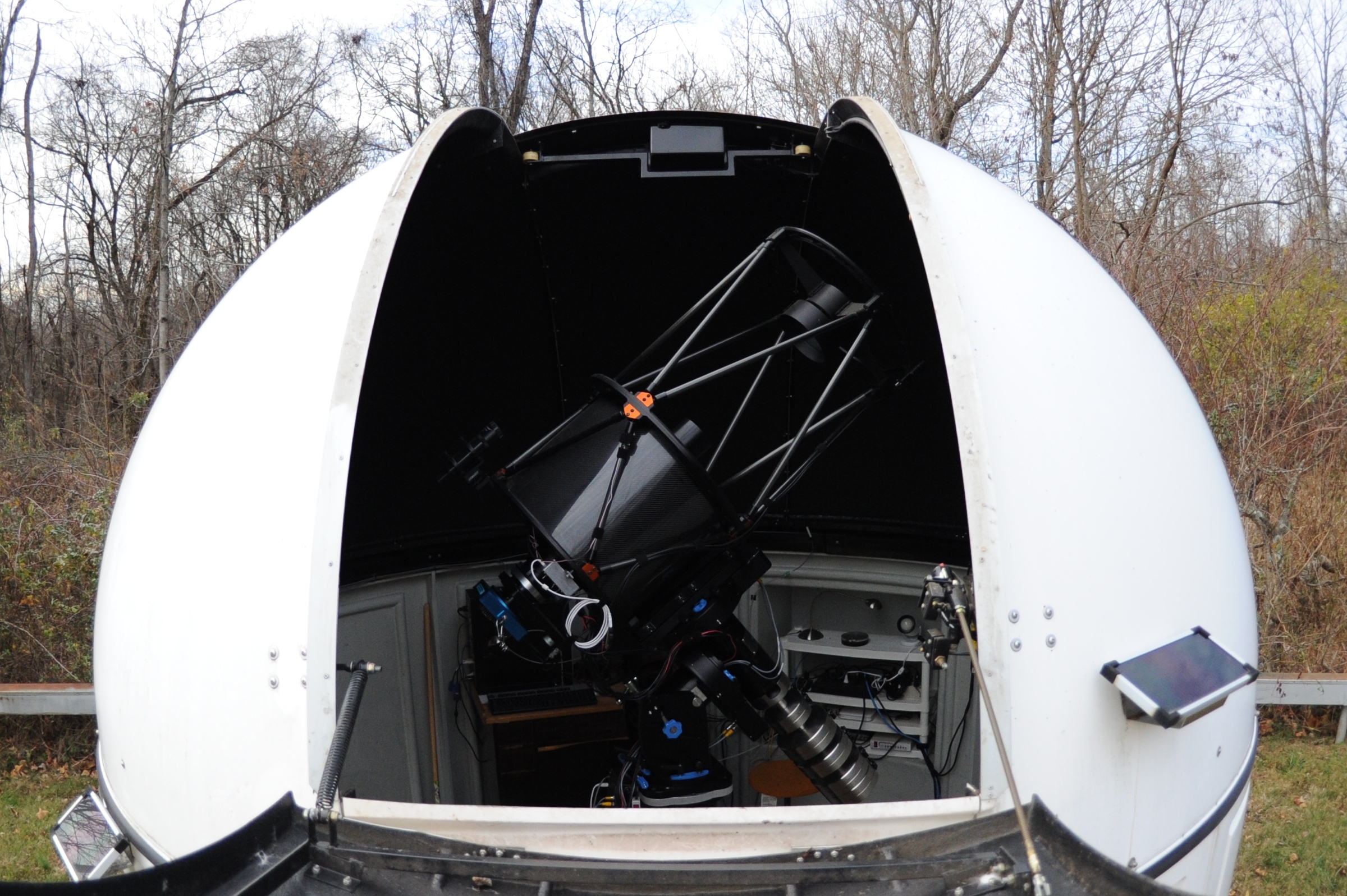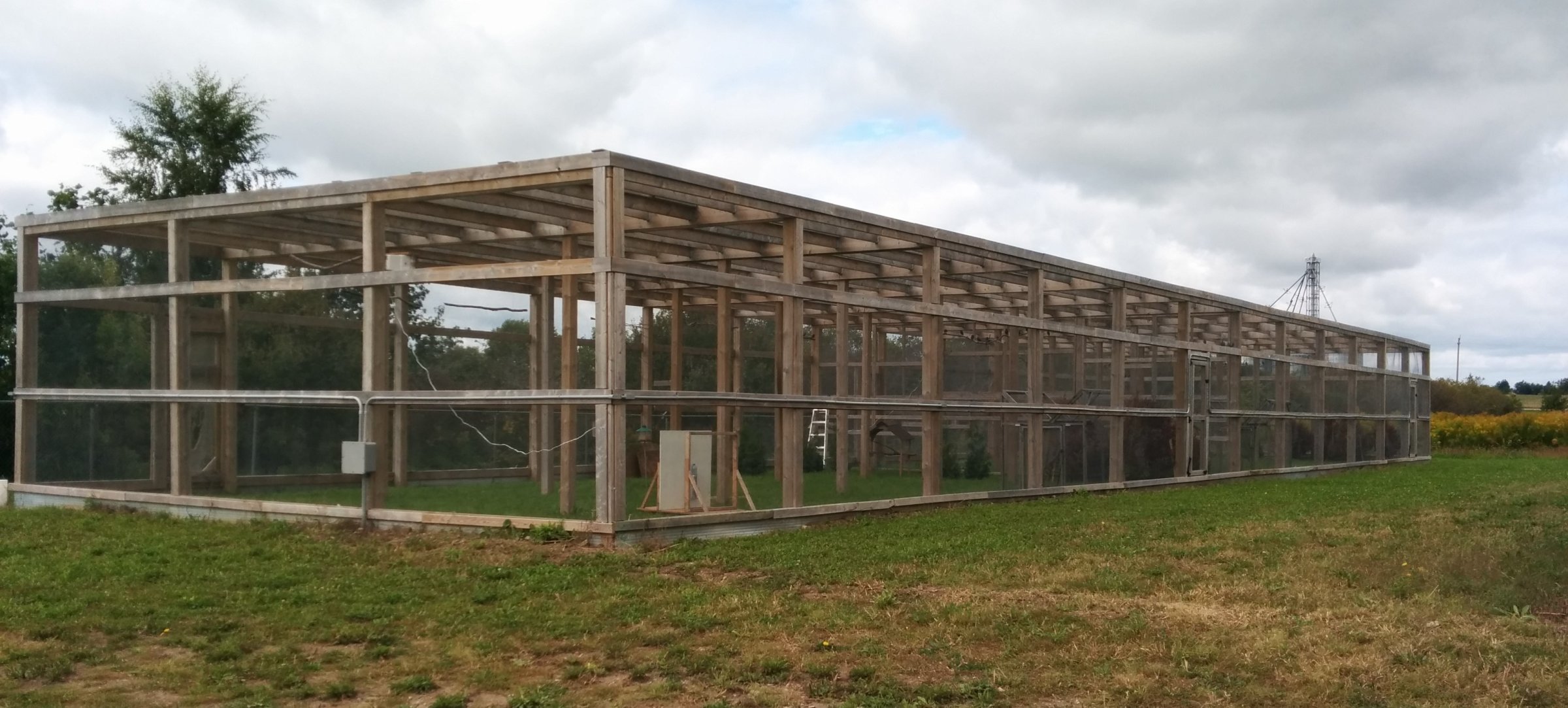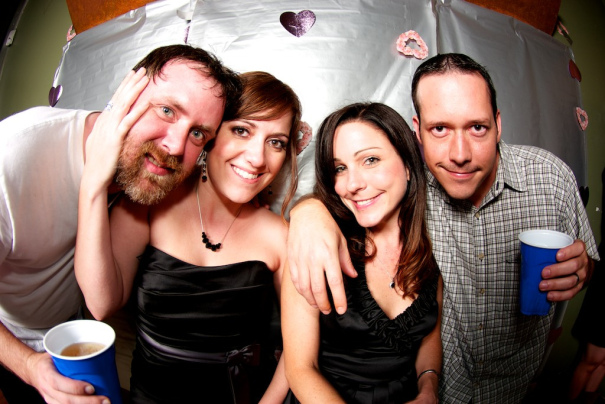Five Creative Ways to use RFID
Phidgets RFID reader usage in animal trackers, interactive exhibits, positional encoders, lap counters, and photo booths
by Kat

Introduction
Radio-Frequency Identification (RFID) is a useful and affordable way to create interaction. The Phidgets RFID reader offers solutions in near-field applications, allowing tags to be detected within a few centimeters. Over the years, several customers have picked up a reader and used RFID in innovative, creative and useful ways. Here are a few of our favourites:
1. Animal Trackers

At the University of Western Ontario, masters student, Ben Walters needed a way to measure the weight of birds without having to capture the animals. A Phidgets RFID with a load cell provided the perfect solution to track weights of the individual birds being studied.
When a bird lands to feed on the perch attached to the load cell, the RFID reader will read one of the unique tags that we attached to each of our birds’ leg bands via epoxy and string. Once the tag had registered, the load cell would read out the force applied to the perch by the feeding bird to give us a body mass measurement for each each time an individual visited the feeder. These were wired to a power box containing a Phidget bridge to measure the output of the load cell, a Raspberry Pi to serve as our computing unit/data logger (programmed by Justin Doyle), and a powered USB hub to supply enough power to keep everything running. Effectively creating a hands-free, automated, body mass-logging system that identifies individual birds all thanks to the cost-effective products from Phidgets that allow for so much creative freedom.
This approach can be used with any animal. Why not connect RFID to your pets’ collars to monitor how much food they’re eating, or track their coming and going through the doggy door?
2. Interactive Exhibits

You can take museums to entirely new levels with Phidgets. The common premise in interactive exhibits with RFID is to have a terminal bring up information about tagged objects. This can be an interactive art walk; a suitcase, which tells stories about people from their belongings; or a playful art display where different art is shown depending on the configurations of tagged objects, like in the Andy Warhol exhibit by Karly.
The same technique can be broadly applied beyond museums, including being put in wine stores, to help customers find out more about their wine selections, and cemeteries, to tell visitors more about the people in the grave.
3. Positional Encoders

At the University of Louisville, RFID is used as an encoder to track the position of a dome around a telescope. This enables accurate placement of the dome’s open shutter to ensure that the telescope is getting a full, unobstructed view of the sky.
The tags are attached permanently (silastic adhesive) to the interior of a dome where they can be read by a stationary reader. We put one tag about every 4 degrees around the dome on a uniform spacing and then map the tag ID’s to the azimuth of the dome when that tag is centered on the reader. Our software (now in Python) reads the coordinates of the object in the sky our telescope is pointing at, calculates the orientation of the telescope inside the dome and the position of the optical system, and then rotates the dome to place the open shutter on the center of the optical axis. This constantly corrects for the moving telescope (which is tracking the object as the Earth rotates), and insures that its full aperture is not blocked by the limits of the shutter opening.>
The RFID tags are easily retrofitted to an existing dome to automate it as long as the motor system rotating the dome can be controlled by relays. The relay controls on our domes are web switches from Digital Loggers, but a Phidgets relay card would work fine.
4. Lap Counters
RFID can be used to track objects in a competition, like on a race track. PC Lap Counter from Belgium provides a PC solution for connecting remote control cars to RFID. A reader on the track senses the cars then shows each competitor’s speed and rank on a score board.
5. Personalization in Photo Booths

RFID can also personalize each guest’s experience at a party. Photo booths are popping up at more and more weddings and events. By giving guests RFID tags, each picture they take will be tagged with the guests’ identities and can be sent to their emails (or phones).
Software like Allen Christopher’s SnapShot Studio offers RFID solutions, or you can set something up yourself.
These are just a few examples of where RFID has been used, but there are so many more applications, from keyless door entry to tracking hospital charts. We’d like to know how you’ve used RFID. Please leave a comment with what you’ve done or seen.
